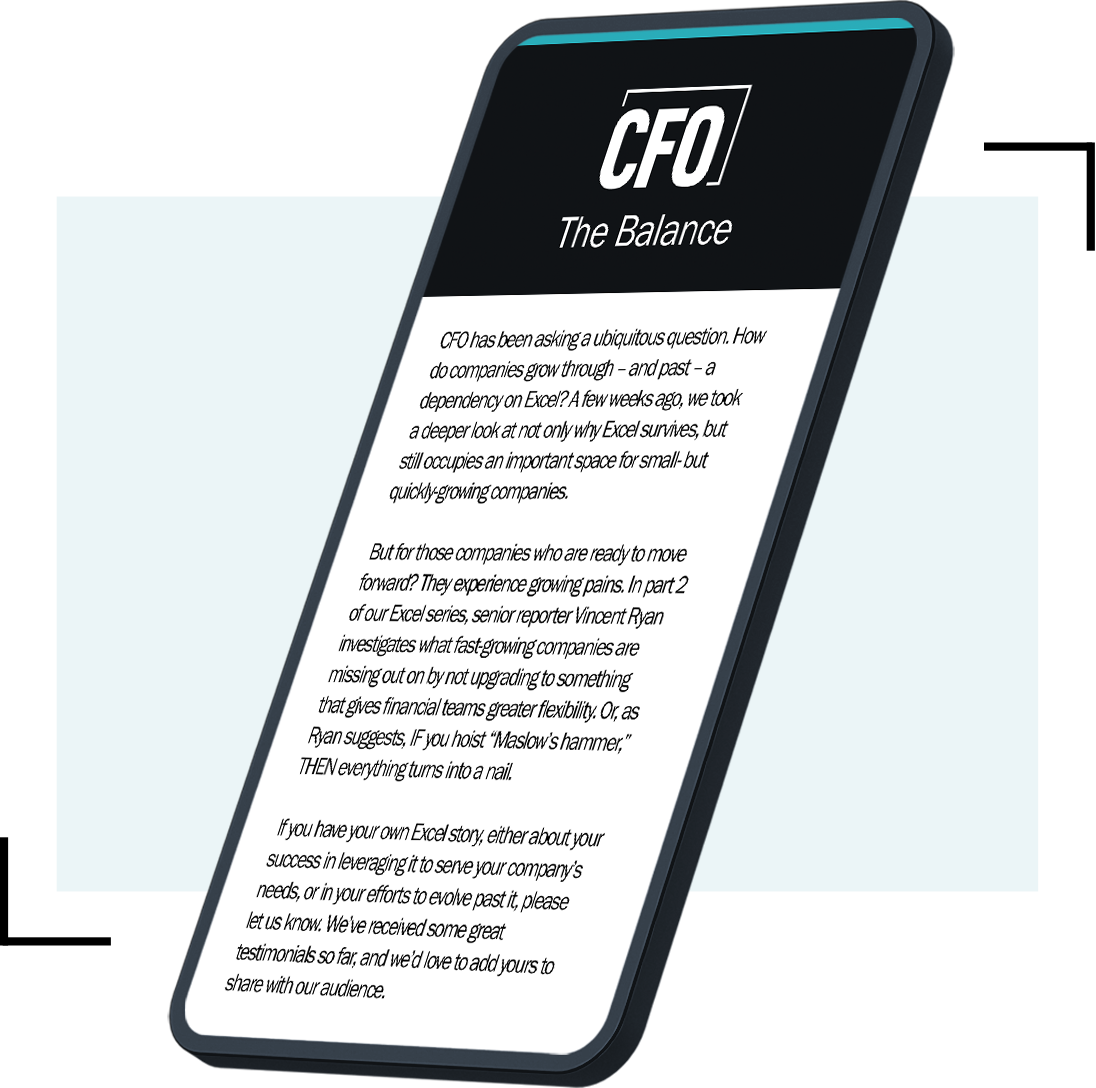Now that new lease accounting standards are set to go into effect, CFOs need to familiarize themselves with the procedures they will need to update to ensure reporting compliance. Here are five stories to help you get up to speed.
FASB Leasing Update: Five CFO Action Items
Well before the new standard becomes effective, companies will need to assess how widespread its effects will be so they can plan for business and process changes. To successfully implement the new lease accounting rules, CFOs should focus on five key action items from the outset. Read more.
New FASB Lease Standard Could Inflate the Balance Sheet
The wide-scale recognition of leases on the balance sheets of companies will significantly increase their assets and liabilities, in some cases without any related changes in their equity. Read more.
New Lease Standards May Demand Two Sets of Books
Launching an era in which many U.S.-based multinationals may be required to keep two sets of books on their leasing arrangements, the International Accounting Standards Board recently issued its new lease accounting standards. Read more.
Look Before You Lease
The prospect of a new lease accounting standard is keeping finance executives off-balance. Whether negotiating new leases or renegotiating existing ones, finance executives need to prepare for the potential impact of the new requirements. Read more.
Companies Should Update Lease Accounting Systems, Experts Advise
Corporations operating under full-service and other leases that “bundle” non-lease expenses with leasing costs need to move with particular speed. Read more.
SPONSORED CONTENT
Impacts of a New Lease Accounting Standard for the Mid-Sized Business
Operating leases are important components of operational and financing strategies for many small and mid-sized businesses. The new accounting standard proposed by FASB requires showing operating leases on the balance sheet, for the first time. CFO Research and CIT Group looked into the impact that this change may have on small to mid-sized companies, and documented finance executives’ questions and concerns. Read more.
CFO Research prepared in collaboration with CIT Group









